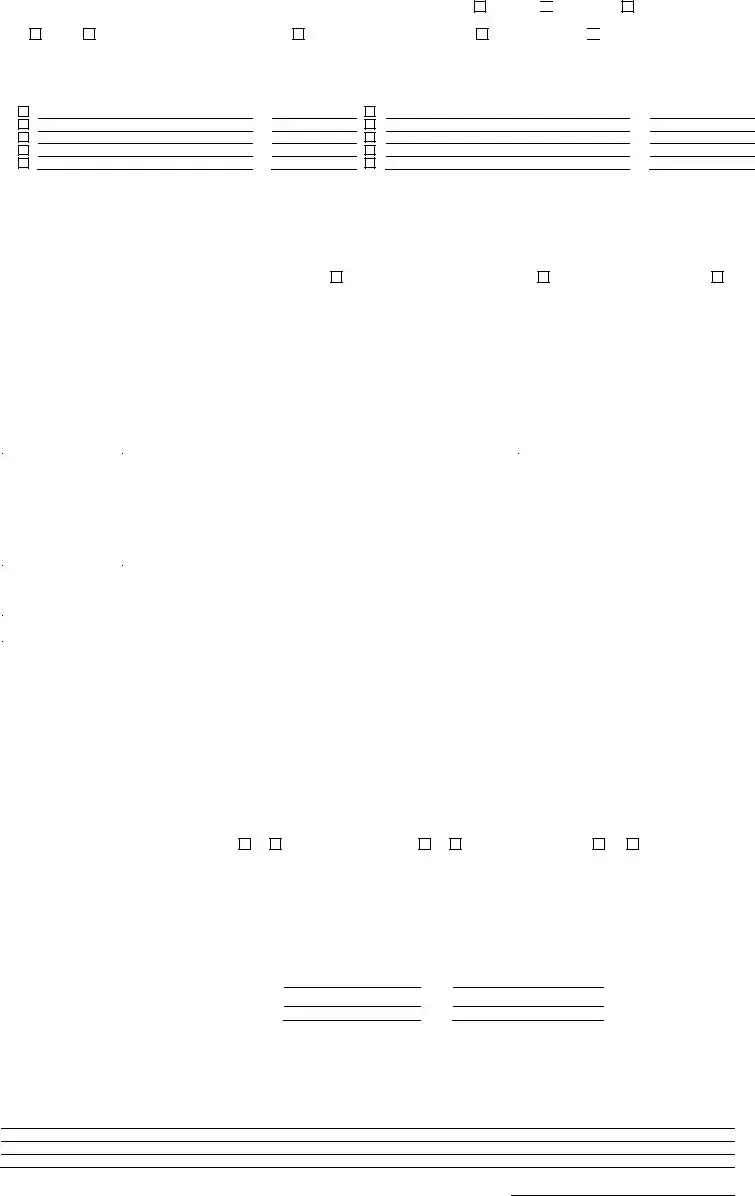The Comparative Market Analysis (CMA) is a document often used by real estate agents to determine the value of a property based on the sale prices of similar properties in the area. Like the Broker Price Opinion (BPO), a CMA evaluates market conditions and comparable sales, providing insights into pricing strategies. However, a CMA is typically more detailed and may include a broader range of properties, making it a valuable tool for both buyers and sellers to understand the market landscape.
The Appraisal Report is another document that shares similarities with the BPO. An appraisal is conducted by a licensed appraiser and provides a professional opinion of a property's value. Both documents assess property conditions and market trends. However, an appraisal is more formal and often required by lenders for financing, while a BPO is generally used for internal purposes by banks or real estate professionals.
The Property Condition Report (PCR) focuses specifically on the physical aspects of a property. It details the condition of various components, such as the roof, plumbing, and electrical systems. While a BPO includes some evaluation of property condition, the PCR is more comprehensive in identifying needed repairs and maintenance issues, which can significantly impact marketability and pricing.
The Listing Agreement is a contract between a seller and a real estate agent that outlines the terms of the property listing. Similar to the BPO, it considers market conditions and pricing strategies. However, the Listing Agreement formalizes the relationship between the seller and agent, whereas a BPO is more of an informal assessment of value without establishing such a contract.
The Seller's Disclosure Statement is a document that sellers complete to disclose known issues with the property. This statement complements the BPO by providing additional context about the property's condition and any potential problems. While the BPO offers a market value estimate, the Seller's Disclosure focuses on transparency regarding the property's physical state, which can influence buyer decisions.
The Lease Agreement is a document that outlines the terms under which a property is rented. While it serves a different purpose than a BPO, both documents consider market conditions. A Lease Agreement may reflect current rental prices based on market analysis, similar to how a BPO assesses property values for sale. Understanding rental trends can also inform pricing strategies for properties on the market.
The Market Analysis Report (MAR) provides a broader overview of market trends, including supply and demand dynamics, economic indicators, and demographic data. While a BPO focuses on a specific property, the MAR takes a wider lens to assess market conditions. Both documents aim to inform stakeholders, but the MAR is more comprehensive in its analysis of market forces affecting property values.
In the realm of mobile home transactions, one essential document to be aware of is the Mobile Home Bill of Sale, which serves as a formal agreement detailing the transfer of ownership. This document is crucial for outlining the specifics of the mobile home in question, ensuring that both the buyer and seller have a clear understanding of the terms and conditions surrounding the sale. Properly utilizing this bill of sale helps in minimizing disputes and providing legal protection for both parties involved in the transaction.
The Investment Property Analysis Report is geared toward investors looking to evaluate the potential return on investment for a property. Similar to a BPO, it assesses market conditions and comparable sales. However, this report delves deeper into financial metrics, such as cash flow and capitalization rates, providing investors with the necessary data to make informed decisions about property acquisitions.
The Title Report outlines the legal ownership and any encumbrances on a property. While it does not directly assess market value, it complements the BPO by ensuring that the property is free from legal issues that could affect its sale. Both documents work together to provide a complete picture of the property, with the BPO focusing on value and the Title Report addressing ownership clarity.
The Rent Roll is a document that lists all rental properties owned by an investor, detailing the rental income generated. While it serves a different purpose than a BPO, both documents can inform decisions about property value. The Rent Roll provides insights into income potential, which can influence how a property is priced for sale, particularly in investment scenarios.




 Unknown
Unknown
 Investor
Investor